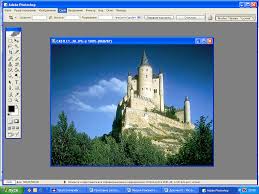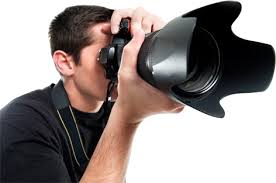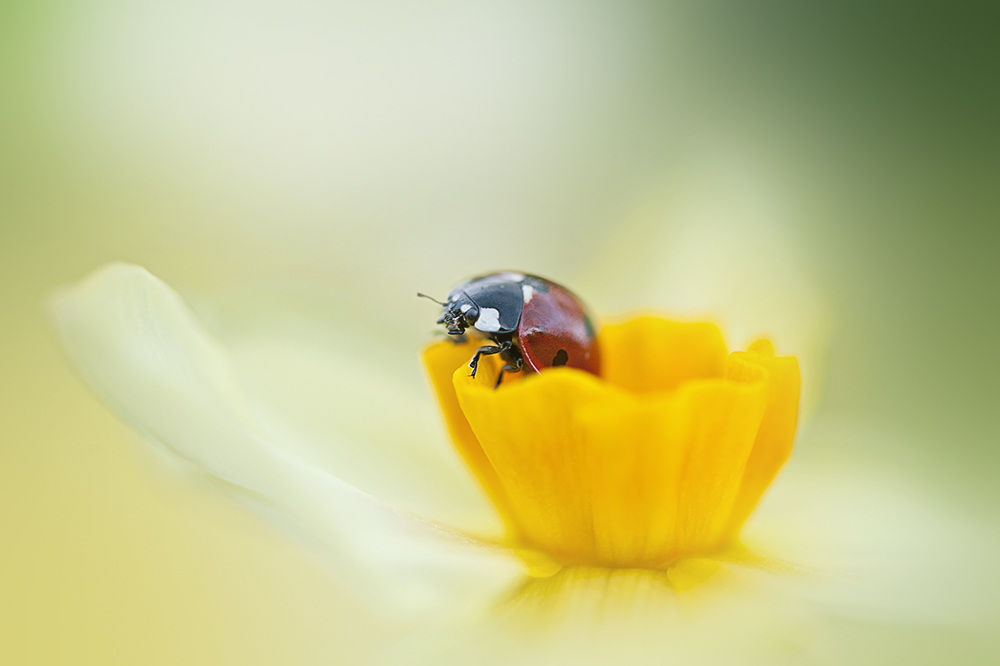INTERACTION OF PHOTOGRAPHY AND PAINTING
 At the time of the birth of photography, aesthetics were dominated by the belief that only man-made work can be art. The image of reality obtained using technical methods could not even claim such a status. And although the first photographers, gravitating to the artistry of the image, showed considerable compositional ingenuity to reflect reality, photography did not fit into the system of social values as art.
At the time of the birth of photography, aesthetics were dominated by the belief that only man-made work can be art. The image of reality obtained using technical methods could not even claim such a status. And although the first photographers, gravitating to the artistry of the image, showed considerable compositional ingenuity to reflect reality, photography did not fit into the system of social values as art.
Theoretical debate constantly arose around photography: can it be compared with painting in terms of artistic value? Is photography a degenerate painting for which technique replaces craftsmanship? And vice versa, is not photography a modern kind of painting that takes over and deepens its function, a modification of painting in a technical civilization that changes the cultural and aesthetic significance of traditional painting? But this is nothing more than a contrast between two phenomena of artistic life, two types of art, clearly gravitating to each other and interacting with each other. Continue reading
STYLES AND DIRECTIONS OF PAINTING
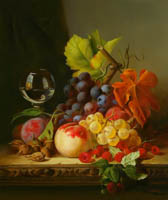 There is a huge variety of styles and trends in the visual arts. Often they do not have clearly defined boundaries and smoothly pass from one to another, being in continuous development, mixing and counteraction. Within the framework of one historical art style, a new one is always born, and that, in turn, passes into the next, etc. Many styles coexist at the same time and therefore there are no “pure styles” at all. Here you can order a portrait from a photograph on canvas.
There is a huge variety of styles and trends in the visual arts. Often they do not have clearly defined boundaries and smoothly pass from one to another, being in continuous development, mixing and counteraction. Within the framework of one historical art style, a new one is always born, and that, in turn, passes into the next, etc. Many styles coexist at the same time and therefore there are no “pure styles” at all. Here you can order a portrait from a photograph on canvas.
ABSTRACTIONISM ABSTRACTIONISM (came from lat. Abstractio – removal, distraction) – the direction of art, abandoning the approximate reality of images of forms in painting and sculpture. One of the goals of abstractionism is to achieve harmony, to create certain color combinations and geometric shapes in order to evoke various associations in the contemplator. Continue reading
How photography completely changed art
 Both painting and photography are forms of visual art that are designed to create images and visual symbols.
Both painting and photography are forms of visual art that are designed to create images and visual symbols.
The difference in the manufacturing method creates some features.
2Painting is not only the earliest known form of visual art, but also the earliest example of human creativity. Over such a long way, the look, form, language and expression, both from the outside and inside, influenced each other and transformed.
Despite the fact that photography is the youngest of the known forms of visual art (it is less than two centuries old), it has undergone dramatic changes both externally and internally. Continue reading
The relationship of painting and photography in contemporary art
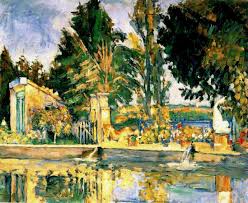 Photography has long since become commonplace. But if the documentary was immediately appreciated and accepted “with a bang” from the moment it appeared in 1839, then a heated debate arose about the place of art photography in the fine arts, which continues to this day.
Photography has long since become commonplace. But if the documentary was immediately appreciated and accepted “with a bang” from the moment it appeared in 1839, then a heated debate arose about the place of art photography in the fine arts, which continues to this day.
In my opinion, its main reason is that the photographic image is achieved entirely by technical means. There is no obvious man-made creative moment in it. However, it should be noted that people who refuse to have artistic photography the right to be among other visual arts do not understand that photography is based on a frame – according to Vladimir Soloukhin, “the secret of aesthetic sharpened and in-depth perception of the world around us.” This is the window through which the soul of the photographer penetrates into the photographic image. Continue reading
Impressionism as a conscious need
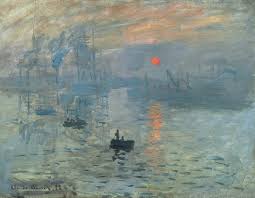 … As with any other profession, the consumer always demanded quality from painting for his money. The thoroughness of the drawing, the elaboration of light and color – all these are direct attributes of quality. All of them were characteristic of the masters of painting until the end of the 19th century. Particularly high thoroughness of work performance is characteristic after the invention of oil paints by Van Eyck. Textures of fabrics, building materials, elaborate faces, figures – all reached the possible technical limit accessible to the eye and hand.
… As with any other profession, the consumer always demanded quality from painting for his money. The thoroughness of the drawing, the elaboration of light and color – all these are direct attributes of quality. All of them were characteristic of the masters of painting until the end of the 19th century. Particularly high thoroughness of work performance is characteristic after the invention of oil paints by Van Eyck. Textures of fabrics, building materials, elaborate faces, figures – all reached the possible technical limit accessible to the eye and hand.
The work of the Dutch of the 16-17th centuries can be viewed in a magnifying glass.
Such painting remained until the 19th century, until photography was invented in its misfortune. Continue reading
